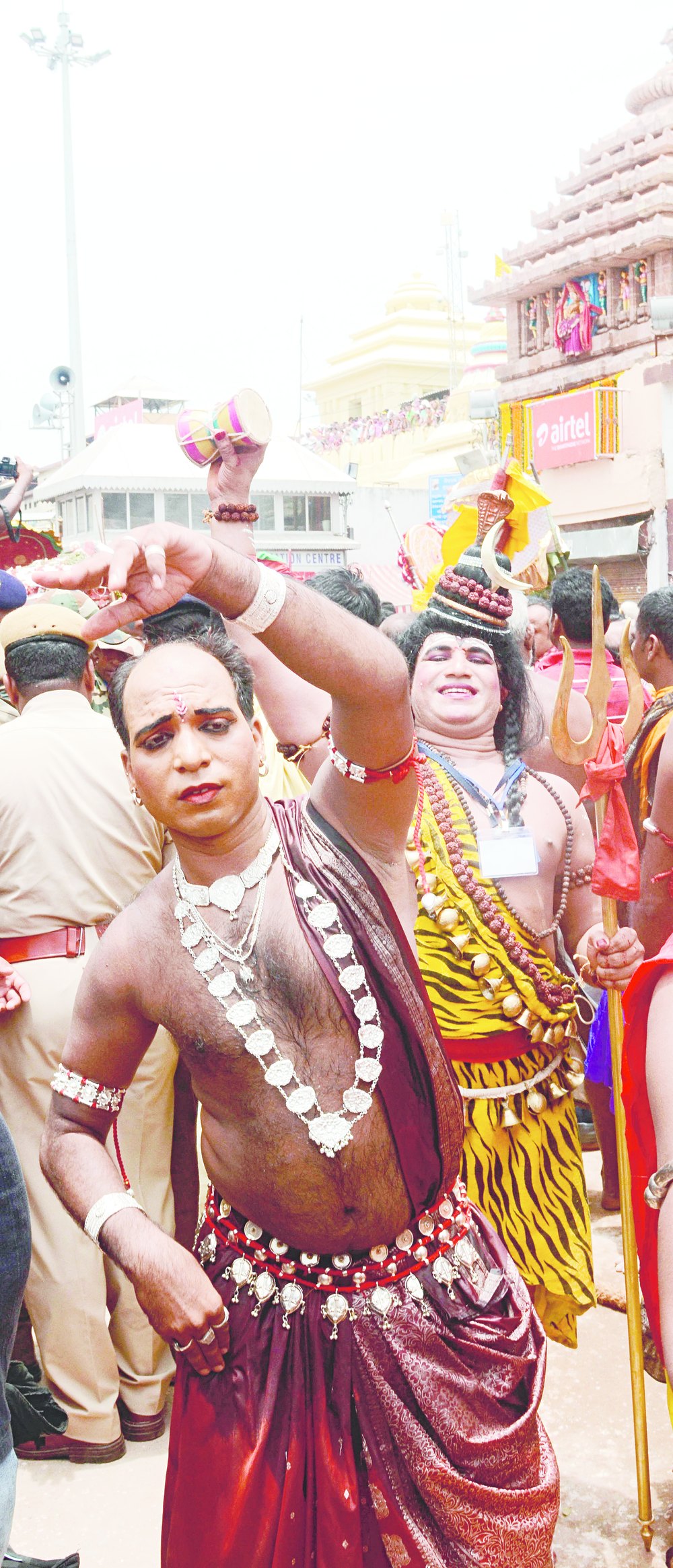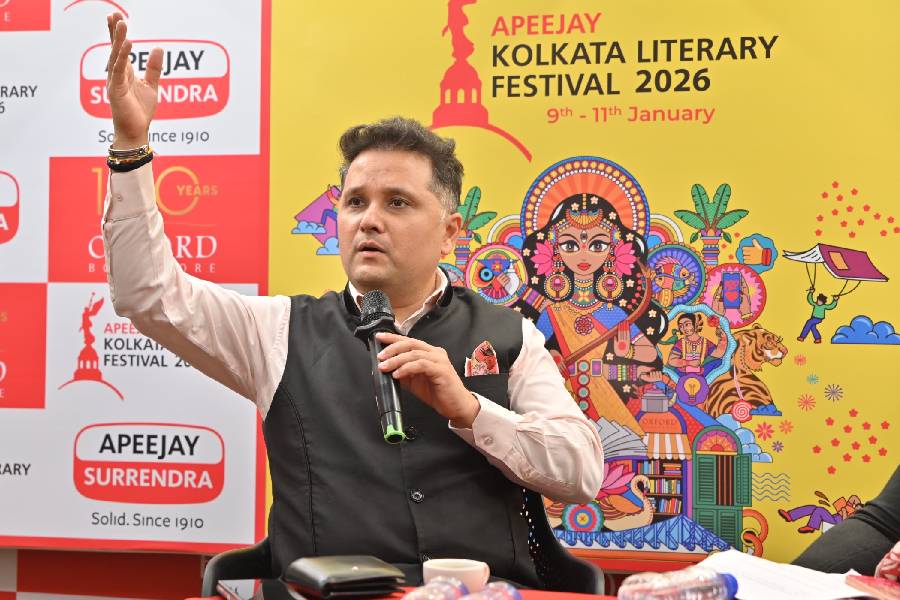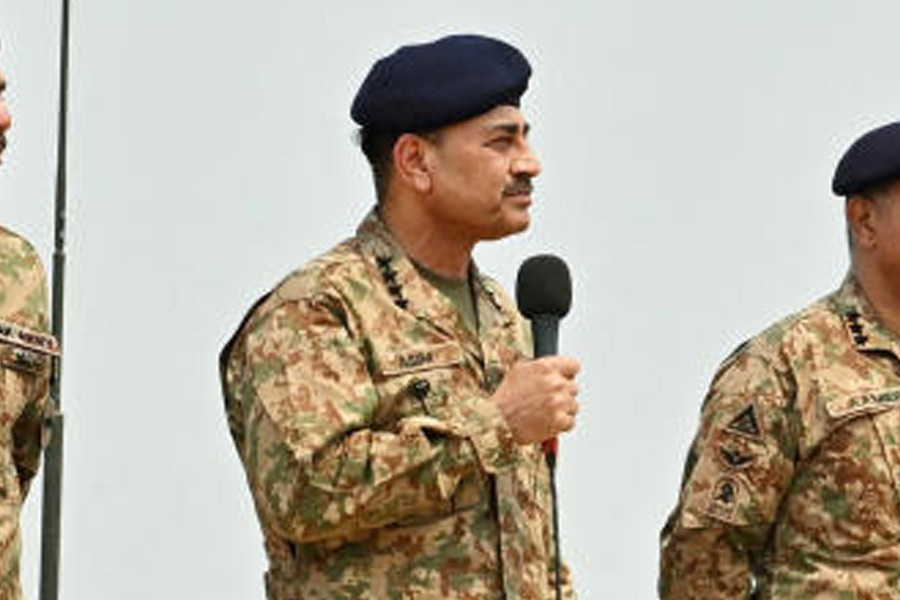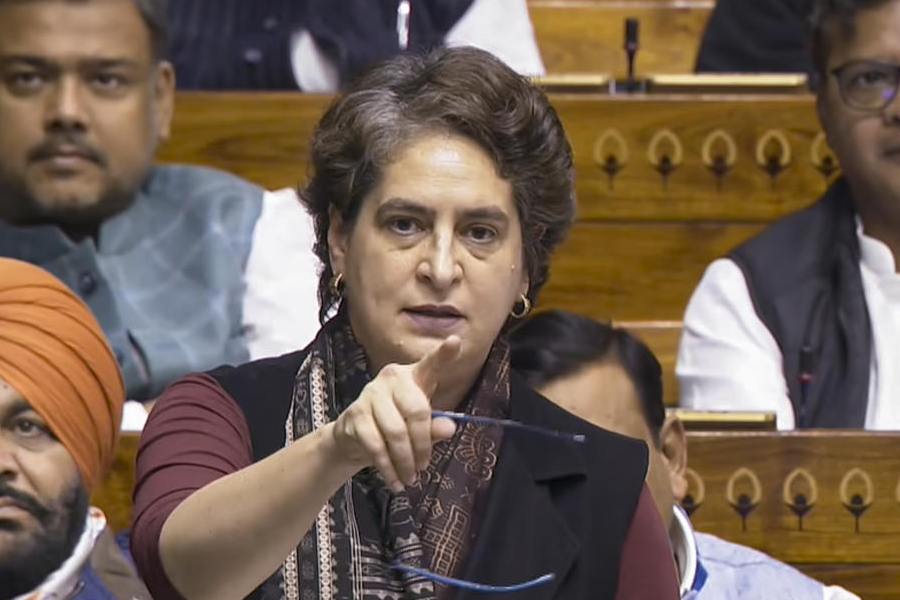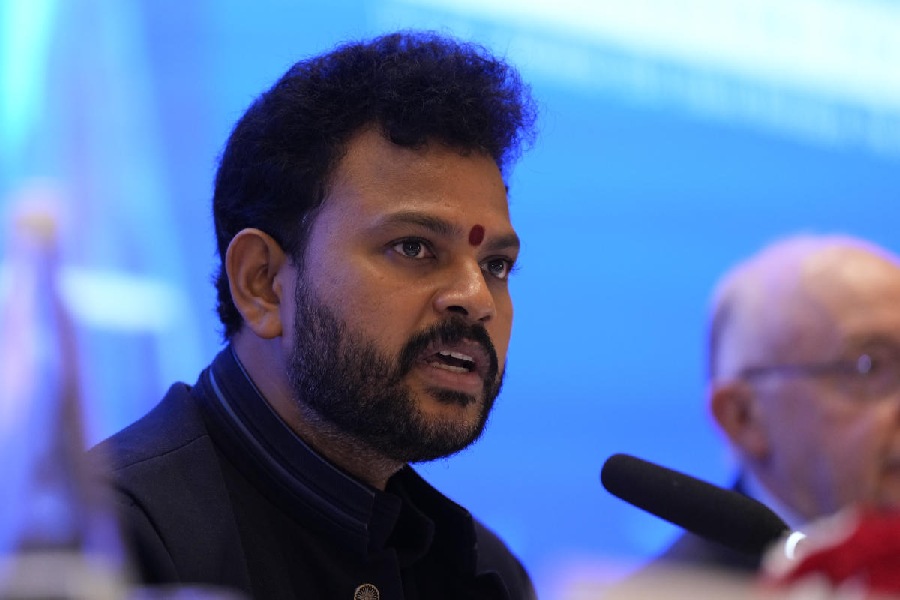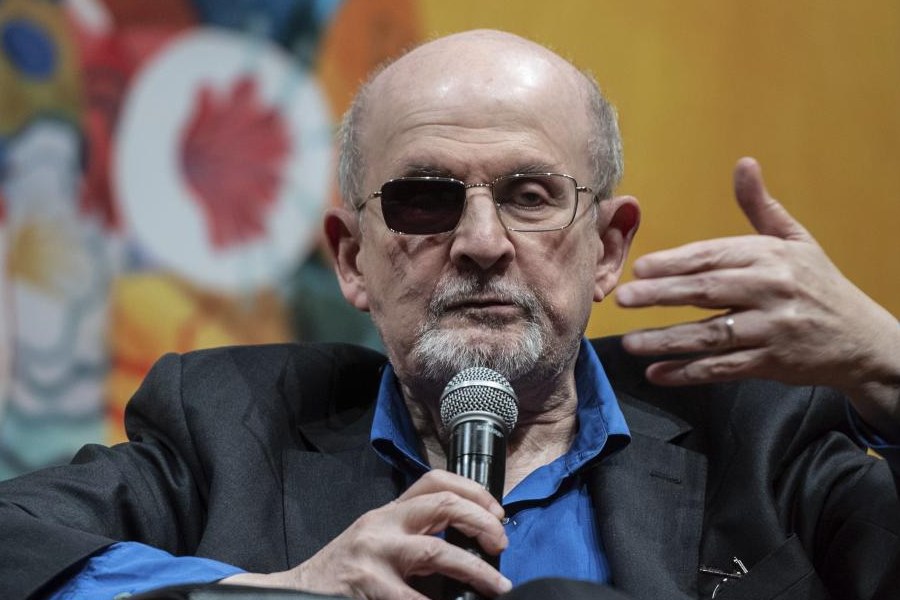
Women have played a significant role in the establishment as well as day-to-day activities of the Jagannath temple in Puri since the very beginning.

From mythological characters of Queen Gundicha and Lalita, who were behind the setting up of the idols of the deities, to Goddess Subhadra, who represents female divinity like various goddesses in the temple precinct, and even the maharis, who used to give care, affection and love to the deities, the temple has always seen the involvement of women in every aspect.
While the first phase of the chariot festival is named after Queen Gundicha, it was Lalita, daughter of tribal chief Biswabasu, who helped King Indradyumna track Lord Nilamadhaba, and later, establish it as Lord Jagannath.
Goddess Subhadra is an integral part of the Trinity at the Jagannath temple and so are many goddesses such as Vimala, Lakshmi, Sheetala and Bhubaneswari, who are worshipped in independent minor shrines on the temple precinct.
In the daily rituals of the Jagannath temple, maharis used to play a significant role. However, these will now remain in the books of scholars and archives after the recent death of the last devdasi, Shashimani Devi.
Singing and dancing as an essential part of ritual services appear to have developed with the growth of temples and Shaivism in Odisha. The tradition of dedicating dancing girls to the deities of Hindu shrines is very ancient.
The expression, mahari, comes from two Odia words - mahan and nari - together they stand for divine damsel. The maharis render their seva or service through dance and songs. During the ancient times, there used to be seven different categories of female servitors assigned different sevas at the Puri temple.
They are as follows - bhitara gauni (singers performing inside the sanctum in private fort of the deities), bahar gauni (singers who performed during ceremonies outside the sanctum), nachuni (one who rendered services through dance), raj angila (this female servitor used to be the attendant of the Gajapati maharaja or king), patuari (the group of dancers who provided the costumes or patani of the Lord and were supposed to clothe them), gahana mahari (the group of dancers assigned special duties only on special occasions. Also, they always performed their service in groups) and rudra ganika (one who was paid wages for her services to the temple).
Naba means new and kalebar means body. So, Nabakalebar is the change of the old bodies of the deities into new ones. They are all made up of neem wood. According to Brahma Sanhita, Lord Jagannath of Puri is said to embody all 12 types of Brahma. In the Jagannath seva, along with men, women are also given the same importance. According to Jagannath culture, women give four different sevas - mahari seva, putana leela seva, kolibika seva and labanikhia seva. While the first three sevas are performed by maharis, the last seva is performed by the women of the Mahabhoi sampraday.
In temples all over India, dancers are called devdasi, but in Shrikhetra or at the Puri temple, they are called maharis. As they say, the Jagannath temple celebrates 13 ceremonies in 12 months, and a mahari performs during all the 13 festivals every year. During these festivals, the main role of a mahari is to enact the leela of Krishna and the gopisby singing ancient poems and dancing to them.
During Nabakalebar, which comes during joda ashada that falls any time between nine and 19 years, maharis have a unique role to play. When the divine neem logs or darus of Lord Jagannath, Lord Balaram, Goddess Subhadra and Lord Sudarshan arrive at the Bada Danda or the Grand Road, the mahari is assigned to sing the hulahuli along with mangal gitika or the welcome songs. They join the procession till the darus enter the temple.
At the Koili Baikuntha, where the new idols are constructed, there are some special sevas performed by the maharis. During the time of construction of daru bigraha, the mahari does haribola and hulahuli and also a series of gupta neeti or secret services. Apart from Nabakalebar, in the Jagannath neeti and seva tradition, according to Shri Purushottam Karmakanda, the mahari is allotted with 18 types of seva.
(The author is an Odissi and mahari dancer)

